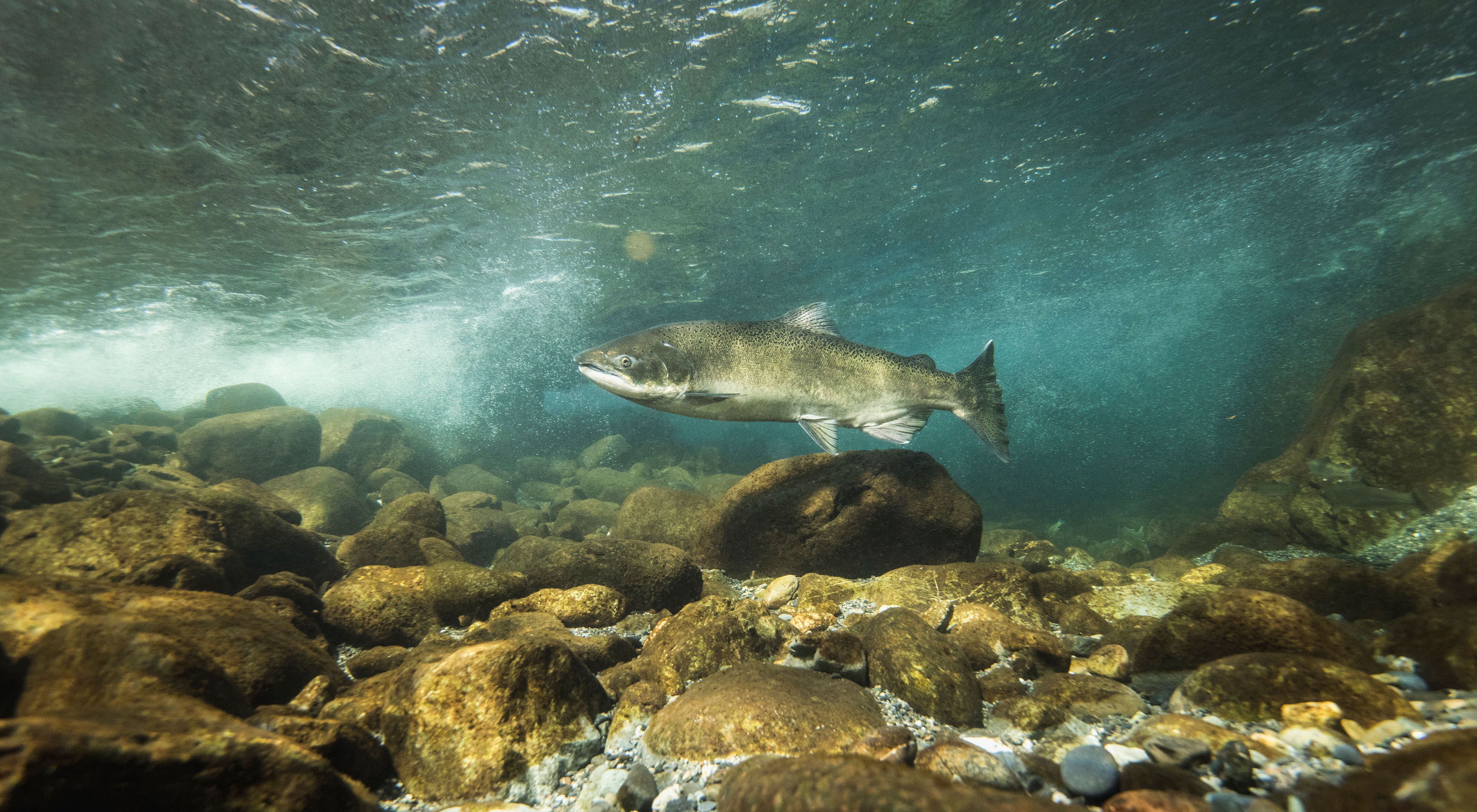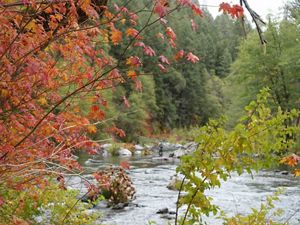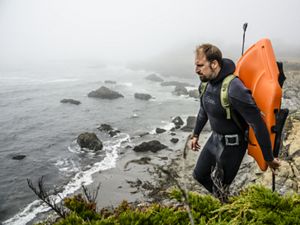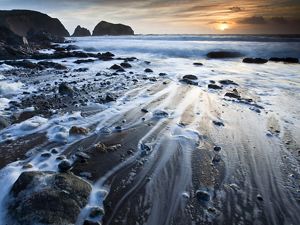The Klamath River represented one of the greatest salmon runs on the Pacific coast.
Cutting a scenic swathe from the mountains of southern Oregon into California, the powerful Klamath River once teemed with so many salmon that locals claimed they could cross the river on the backs of the fish.
The Klamath River and its tributaries represented one of the greatest salmon runs on the Pacific coast. Over the past century, however, the population of spawning fish has dwindled due to inhospitable conditions. In the Lower Klamath Basin, for instance, the Shasta River sported between 50,000 and 100,000 Chinook salmon per year. Today, only about 5,000 salmon return to the river.
Here in Siskiyou County, more than fish depend on water; ranchers and farmers share what is a limited water supply. Numerous species—some threatened—also make their home among the magnificent wetlands and forests of the basin, including Klamath River lampreys, western pond turtles, greater sandhill cranes and bald eagles.
Water diversions, dams, inefficient irrigation practices and other problems have diminished water quality and habitat in the lower Klamath area. The Nature Conservancy is working hard to reverse this trend, which has had deleterious effects on both wildlife and humans.
Benefiting People and Fish
Working in partnership with a number of organizations, our goal is to restore critical spawning and rearing streams and degraded streamside habitat in the Lower Klamath Basin at Shasta River and Big Springs Creek. These efforts could help revive California’s fishery as a source of wild, locally caught salmon—a $60-to-$100-million-per-year industry, and we have already made significant progress toward improving these habitats.
Salmon require cool water temperatures to spawn; hot irrigation-return flows and uncontrolled grazing in and around the Shasta River and Big Springs Creek have caused water temperatures to reach lethally high levels in some areas. After the first year of restoration efforts as part of The Nature Conservancy’s Lower Klamath Basin project, however, we have seen a significant drop in temperature in Big Springs Creek—more than 13 degrees F lower than the high temperatures seen the year before.
Our work includes planting thousands of native trees and plants and promoting and implementing sustainable agriculture and ranching methods like fencing the waterways so they are protected from grazing cattle. Through research and innovation, along with collaboration with the local community, we have been able to address some of the region’s complex issues in ways that will help preserve this special place for the benefit of all.
Along these lines, The Nature Conservancy’s two working ranches—Nelson Ranch and Shasta Big Springs Ranch—support the local agricultural economy and contribute to county tax rolls, at the same time that they are a testament to the compatibility of conservation and ranching.
Salmon Species in the Shasta River
Coho: Coho salmon of southern Oregon/northern California are in severe decline, listed as threatened by the state of California in 2004.
Chinook: Once estimated as high as 82,000 fish, this species has dropped to runs below 100 in this century. These fish now hover around the 5,000 mark.
Winter Steelhead: While counts of adult steelhead are lacking for most of the 20th century, they were historically abundant in the river.
Partners
- Bureau of Reclamation
- California Department of Fish and Wildlife
- California Department of Water Resources
- California Natural Resources Agency
- California Trout
- National Fish and Wildlife Foundation
- Natural Resources Conservation Service
- Regional Water Quality Control Board
- Shasta Valley Resource Conservation District
Opportunities for Visitors
Camp, hike, swim, fish or view wildlife at one of the many local, state and national parks, including the Klamath National Forest, the Lower Klamath National Wildlife Refuge and the Shasta Valley Wildlife Area.
Make a Difference in California
Together, we can achieve transformative change on a scale that’s attainable—for the Lower Klamath Basin, for California, and for the world.



